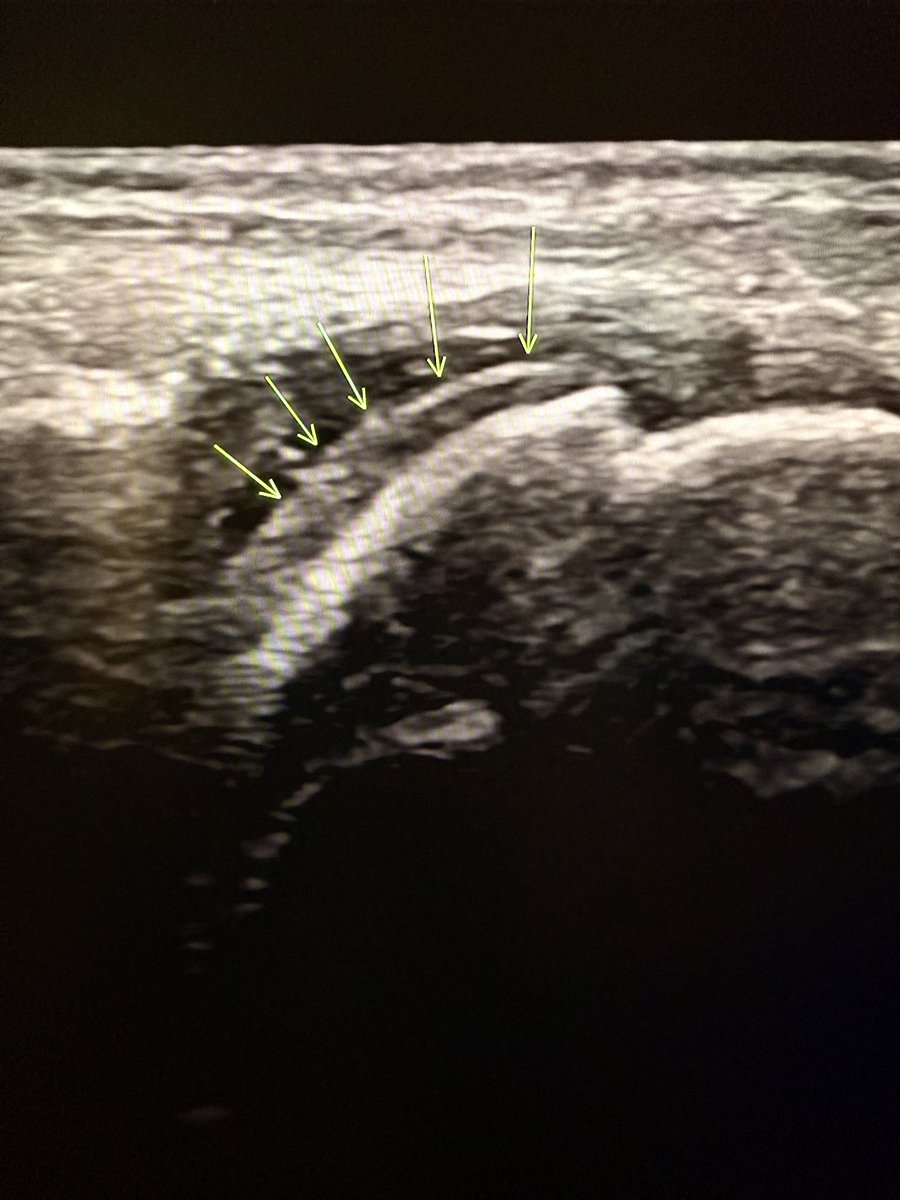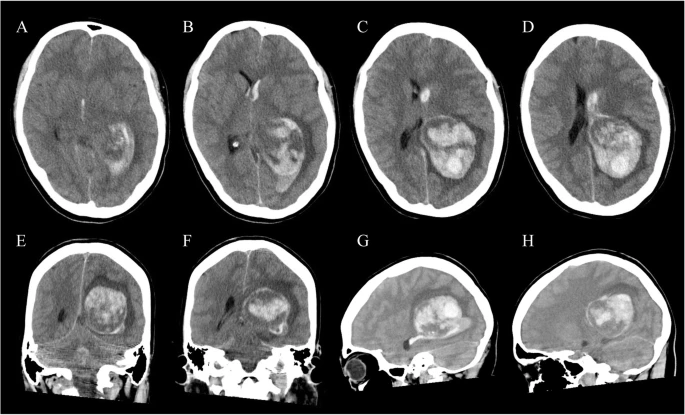
Sameer Raniga
@samrad77
Radiologist. Trauma and Emergency Radiology. One view is NO view. #radtwitter | #FOAMrad | #radres | #radEd| #radiology | #EmergencyRad
ID: 1265038364
https://scholar.google.com/citations?user=Wht4M6wAAAAJ&hl=en 13-03-2013 17:45:22
10,10K Tweet
18,18K Followers
4,4K Following





















